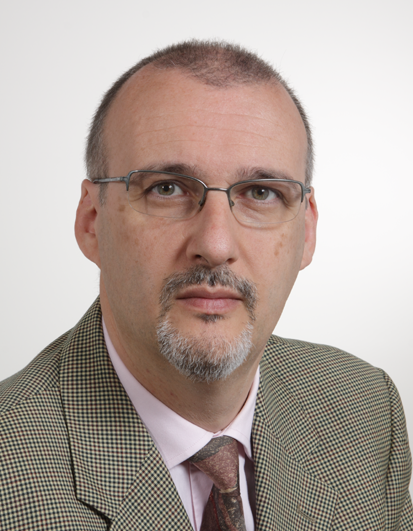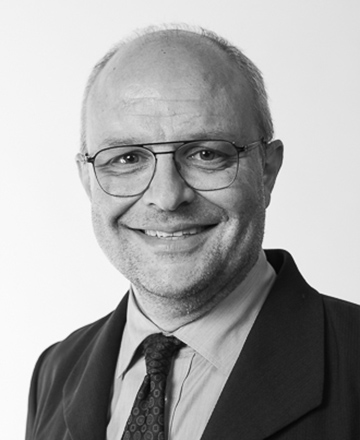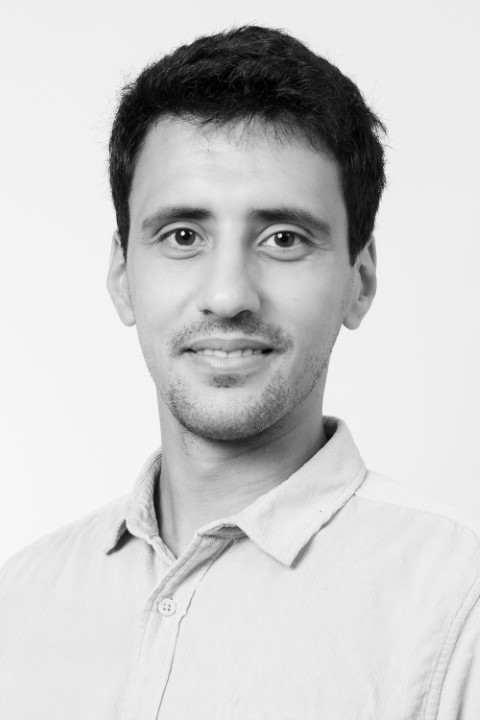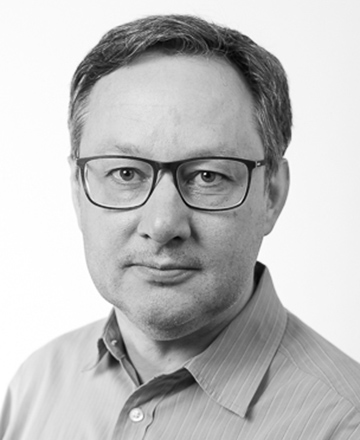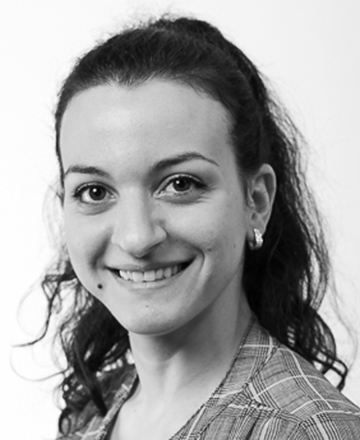Institut des Énergies

L'institut
La HEIG-VD a récemment fusionné l’Institut en génie thermique et l’Institut d’énergie et systèmes électriques pour créer un nouvel Institut des énergies.
Cette nouvelle entité constituée de trois groupes de compétences permettra de répondre plus efficacement aux défis énergétiques actuels tels que l’accroissement de l’efficacité énergétique, la promotion des énergies renouvelables, la réduction des pertes et la limitation de la pénurie énergétique.
Cette fusion permettra également de clarifier les compétences dans le domaine de l'énergie et les prestations de la HEIG-VD, offrant à ses interlocuteurs un point d’entrée unique.
Équipe
Domaines de compétences
Projets
Grid Data Digger (GDD)
Descriptive, diagnostic, predictive, and preventive data analytics applications developed on a big-data platform for distribution system operators. An Automated Distribution Grid Operation Assistance Tool using Data-driven Solutions on a Big-data Platform.
Interhub-EN
Un outil de simulation du comportement dynamique d’un Réseau de transport électrique DC (RTDC), permettant l’étude des effets de l’intégration de NER, d’éléments de stockage.
SmallFlex GOMS
Small Hydro Flexibility and Complementarity with Photovoltaic Production in Goms Region. Discovering new production and flexibility opportunities in small hydropower.

DiG-A-Plan Project
Outil de planification des réseaux de distribution en cas d'incertitude sur la charge et de l'apport de flexibilité.
Infrastructures
Contacts, liens et médias
Contacts


